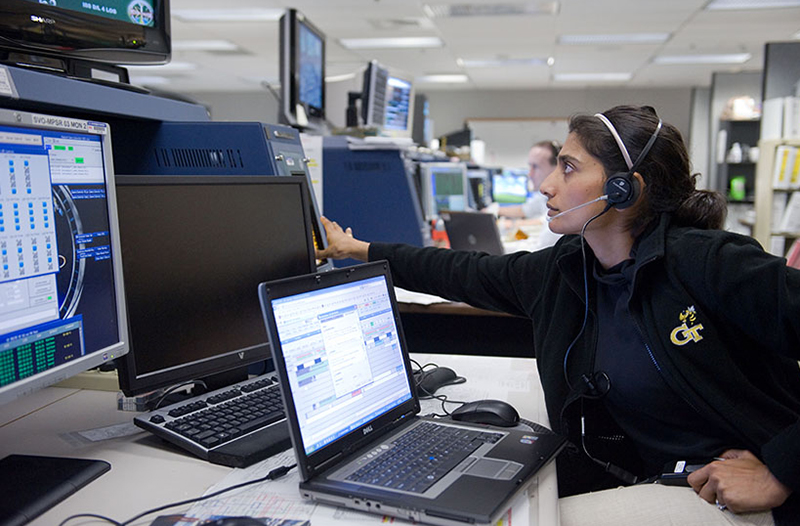
Mamta Patel Nagaraja
Associate Chief Scientist - NASA Office of the Chief Scientist
Dr. Mamta Patel Nagaraja is currently the NASA Associate Chief Scientist for Exploration and Applied Research in the Office of the Chief Scientist. In this role, she advises the Chief Scientist in the areas of exploration and science performed by humans in space.
San Angelo, Texas – a West Texas town larger than I often make it sound, but with a tangible small-town feel.
When my older sister claimed she would one day be an astronaut, on the heels of Sally Ride's launch into space, I made the same claim – though, it was more because I dreamed to be just like my sister! She outgrew the crazy dream, and my desire only got stronger.
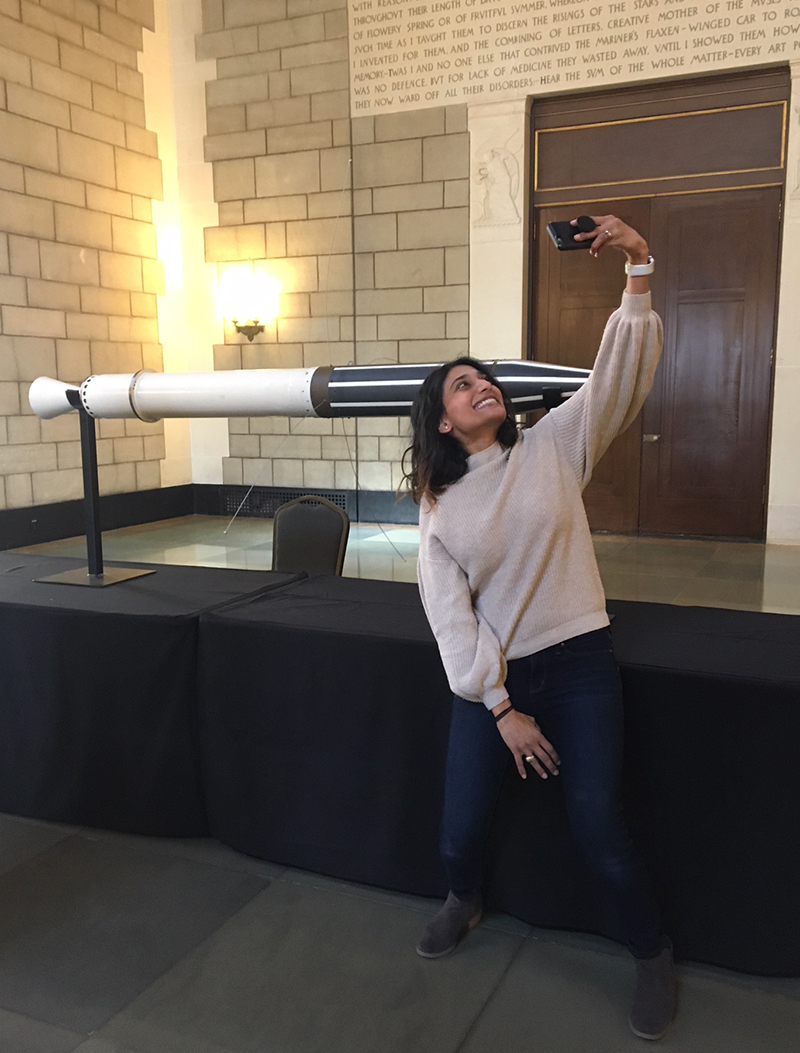
I landed a coveted spot in the cooperative education program (now called NASA Pathways Internships) at NASA’s Johnson Space Center. For a young girl from a small town in a largely underserved area, getting to NASA was pretty much unheard of in those parts of the country. The story is, of course, much deeper – one that I've told in a TEDx talk called the “Power of One.” It is a story of how just one person has the power to steer the course of a young student's life. I had three teachers who did just that, and I credit them for putting me where I am today – along with my family, and my professional mentors.
I am currently the deputy program scientist for space biology in NASA’s Biological and Physical Sciences group. This means I am part of a leadership team that develops and leads strategy, plans, roadmaps, and objectives for space biology to maximize our science investment on the ground and in space.
Previously, I led a science communications portfolio for NASA, managing executive communications, graphic visualizations, digital media, and Spanish content for the part of NASA responsible for science, the Science Mission Directorate. Additionally, I served as an engineer for two science missions: the Lunar Atmospheric and Dust Environment Explorer (LADEE) and a NASA Discovery Program proposal for a mission to Venus.
I also supported human spaceflight for NASA’s Space Shuttle Program, and the International Space Station, by training astronauts and as a flight controller in the Mission Control Center at Johnson Space Center.
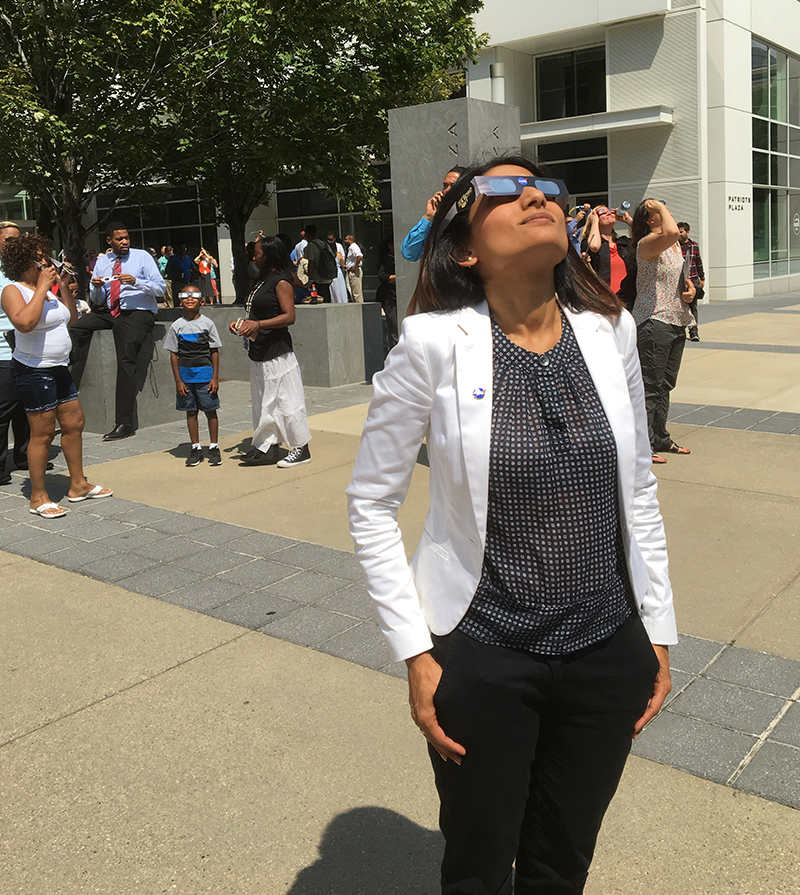
There are many people who have made an impact on who I am and how I think. But, I will always point to the two people who came from nothing and gave me everything: my parents.
From a tough life in impoverished conditions in a rural area of India, to a tough life in a small West Texas town where ignorance of other cultures prevailed, my parents were part of an immigrant generation that, at the time, was still proving themselves capable of creating a highly educated generation of Americans who could make positive societal contributions (to which I am proud to say I belong).
Today, I challenge myself to strategically align an entire program of science with national and agency goals to maximize its value for the taxpayer. This means ensuring we are investing in the science it takes to enable exploration of space and a return investment to life on Earth. This leadership position requires foresight and relationship building because almost all innovative advances are the result of partnerships and teams.
Don't let anyone tell you what you cannot do. And don't do something simply because someone tells you that you should do it. You have to find what you're good at, and what you really enjoy doing.
I love to run and cook different meals, and then of course to eat them!
Reading a good book is my mental getaway. Telling stories is my jam!
I’ve traveled around the world – literally – from a start in Los Angeles to Fiji and then all the way around to Turkey, and then back to Washington D.C. – with about 7 or 8 stops in between.
During one of those stops, my husband and I climbed to the Mount Everest base camp in February (as in the winter!).
I grew up under the poverty line most years of my childhood, and I learned that dreams can be achieved at any age in life. Today, I am teaching myself piano. Age is just a number!
I love spending time with my family: three beautiful children, and a gregarious husband. Some days there is yelling and some days there is laughing, but every day with them turns out to be a good day.
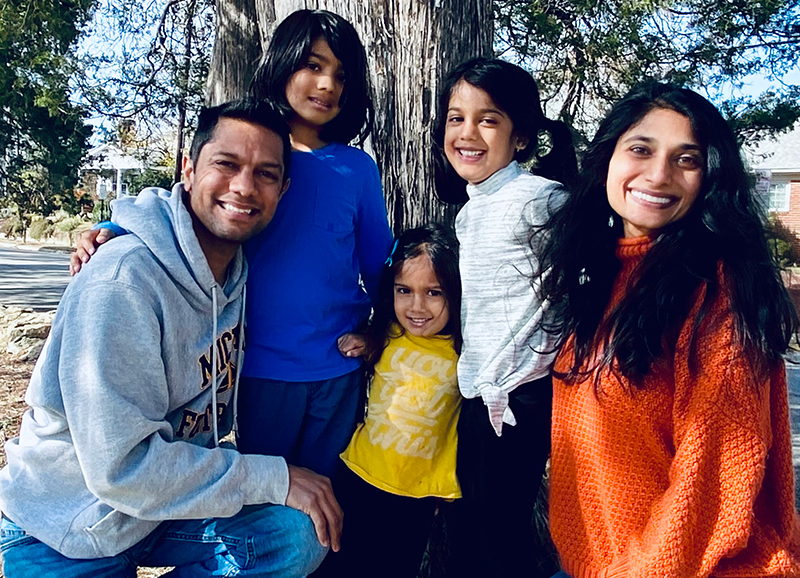
Gosh, must I pick only one??? There are so many!
I’ll go with the one that completely blew my mind as a young child and ultimately what probably led to my career in science (if I think back and connect the dots).
When I was probably something like 8-10 years old, my sister was in college at the local university in San Angelo. We were fortunate that the university had a planetarium and a telescope. One evening, they were having a viewing party and my sister rounded up all five kids and took us to the school. Everyone looked through the telescope. I stepped up and saw this image of Saturn, and said something like, “No way. That’s a trick. Who painted that on the end of the telescope?”
Indignant, non-believing little Mamta marched to the end of the scope to visually assess, amid endearing laughter among those around. I just could not believe such a beautiful thing was out in the skies.
Seeing Saturn and its majestic rings quite literally etched an image into my memory so strong that, to this day, I remember what the tilt looked like. That day, my sister unknowingly created a scientist.
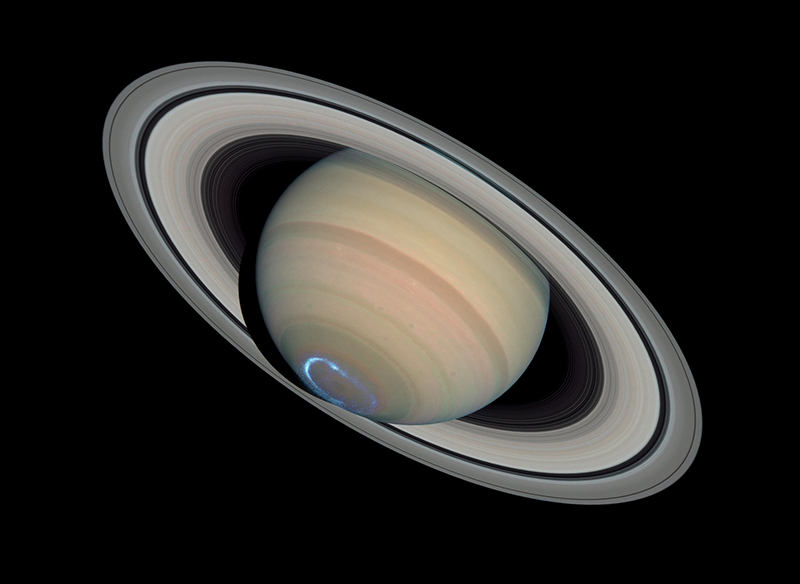
Planetary science is a global profession.

